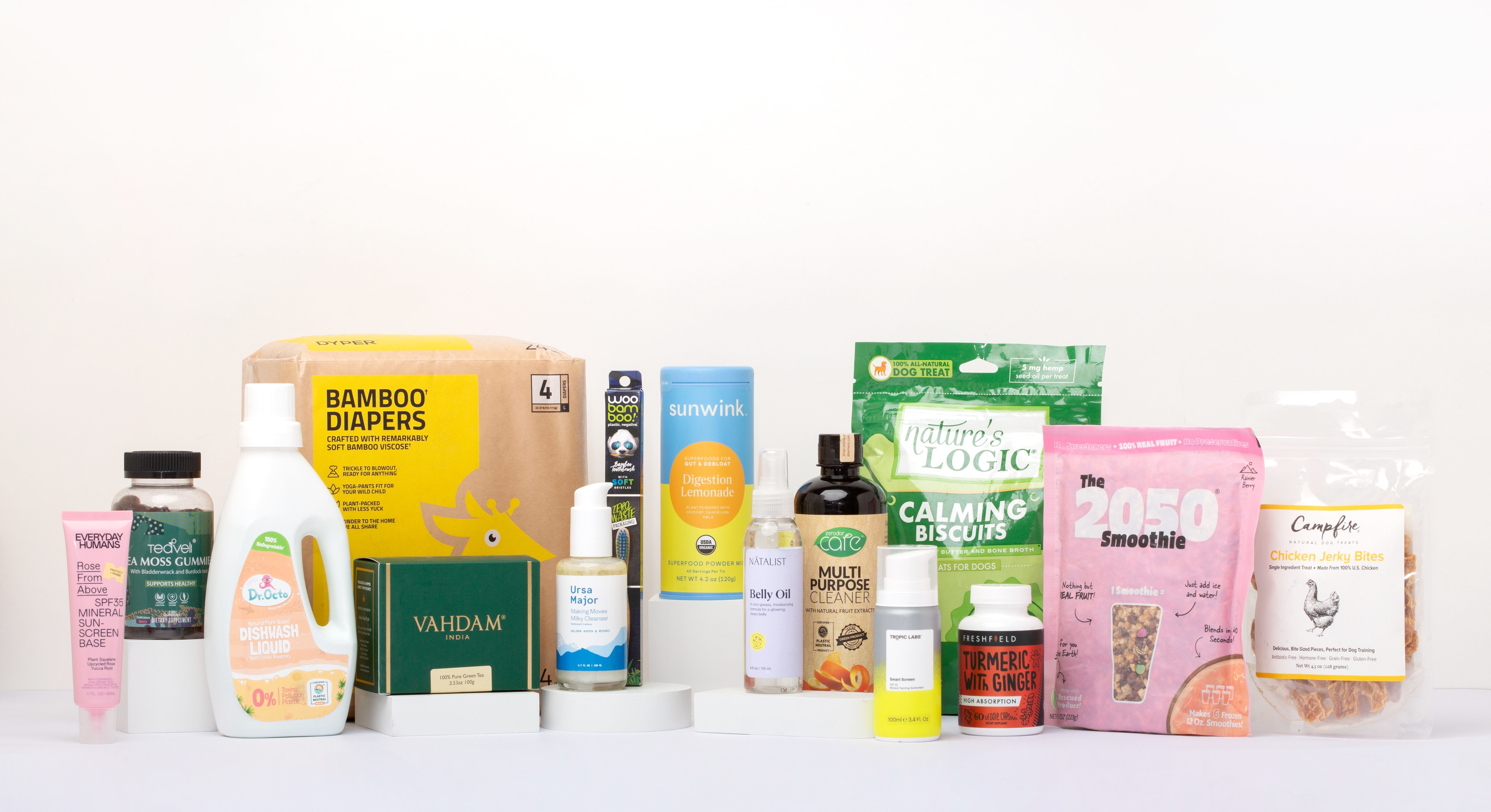EPR Foundations: What is a Packaging Type?
Understand how "Packaging Type" impacts EPR compliance. Packaging materials—such as paper, plastic, glass, and metal—fall under EPR regulations, requiring producers to track, report, and pay fees based on usage. Identifying packaging types accurately helps companies meet state-specific laws, avoid fines, and contribute to a circular economy through sustainable packaging choices
Extended Producer Responsibility (EPR) for packaging is a policy approach that holds producers (read more about producers here) accountable for the entire lifecycle of their products, especially the end-of-life stage.
For CPG companies, EPR represents both a challenge and an opportunity. By adopting EPR principles, companies can not only comply with regulations but also enhance their brand reputation and contribute to a circular economy. This involves rethinking packaging design, investing in recyclable materials, and collaborating with waste management entities to ensure proper disposal and recycling. However, understanding and implementing EPR can be a complex task. The rePurpose Global EPR Foundations articles seek to help you navigate through these new regulations.
Packaging Type Decoded in Simple Terms
Within the framework of Extended Producer Responsibility (EPR) for packaging in the United States, "Packaging Type" refers to the various materials used to contain, protect, handle, or deliver products to consumers. This includes materials like paper, plastic, glass, and metal, as well as single-use bags and other disposable items. The definition can vary slightly by state, but generally, it encompasses any material intended for single or short-term use.
Understanding the specific packaging types covered under EPR laws is crucial. These laws mandate that producers take responsibility for the entire lifecycle of their packaging, from production to disposal. This means companies must register, report, and pay fees based on the types and amounts of packaging they use.
By identifying and categorizing their packaging types accurately, companies can ensure compliance with state-specific EPR regulations, avoid fines, and contribute to sustainability goals. Resources like the Circular Action Alliance and guidance documents for states like Oregon and Colorado can provide valuable insights and support in navigating these requirements.
Case Study: How Packaging Type works in Oregon's EPR Framework
In Oregon, "Packaging Type" under Extended Producer Responsibility (EPR) regulations includes materials like paper, plastic, glass, and metal used for containment or protection. Producers must identify and report these materials, ensuring compliance by determining the responsible party based on manufacturing, licensing, or importing.
Getting Started: EPR Compliance Resources for SMEs
The EPR compliance hub from rePurpose Global can automate in 1-click what would otherwise take you over 3 months of manual effort. It quickly compiles CAA reports, estimates fees and tax liabilities, and keeps you updated on emerging regulations, including Labeling laws, PCR mandates, and 90+ Packaging Regulations in North America. With Oregon's reporting deadline on March 31st, immediate action is crucial to avoid financial penalties.
Reach out to us for a stress-free, reliable solution.
Get Started with Verified Plastic Recovery for your Brand
Get Started with Packaging EPR Compliance for your Brand
rePurpose Global is here to support your sustainability roadmap with impactful and measurable Plastic Action solutions that deliver immediate results. Partner with us to measure your plastic footprint, fund plastic waste recovery, and create strong sustainability messaging for your brand.
Talk to our team to explore how we can work together.
rePurpose Global's EPR compliance platform is here to support you in preparing for the upcoming regulations in multiple states in the US and comply with no errors. Partner with us to create detailed assessment reports, pre-empt fees and reduce time & cost involved in the process.
Talk to our team to explore how we can work together.

Related Posts
EPR Foundations: What is a Producer Responsibility Organization?
Explore the fundamentals of Extended Producer Responsibility (EPR) and understand how it shifts packaging waste management responsibilities to producers. This article outlines how partnering with a PRO like the Circular Action Alliance reduces administrative burdens and enhances sustainability, ultimately delivering cost savings, regulatory compliance, and improved brand reputation effectively.
EPR Foundations: What are Covered Entities?
Explore the fundamentals of Extended Producer Responsibility (EPR) and understand how it shifts packaging waste management responsibilities to producers. Learn about "Covered Entities," their obligations under state-specific EPR laws, and key compliance steps. Know more about Oregon’s EPR framework and available resources to help SMEs navigate reporting and regulatory requirements.
Why the Specific Material Reporting Method (SMRM) is the Best Choice for EPR Compliance
Choosing the right reporting method for EPR compliance can be a game changing decision for brands. Between the The Specific Material Reporting Method (SMRM) and Average Bill of material (ABOM), the former is a far superior choice. This article talks about aspects like accuracy, cost efficiency, and future-proofing advantages etc. that SMRM delivers—eventually helping brands reduce costs, meet sustainability goals, and minimize compliance risks.




.png)

.png)







